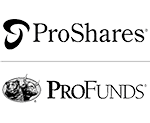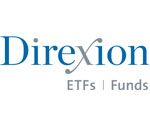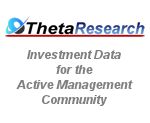
After a particularly nasty winter season, the Old Farmer’s Almanac is calling for a hotter-than-normal summer for the Northeast (where my family resides). While it is nice to look forward to some warmer temperatures, the prospect of a hot, muggy summer is not high on our wish list.
What are seasonal forecasts telling us about the outlook for the stock market this summer?
Two Wall Street seasonal adages have shown mixed results so far in 2014.
The famous January Indicator, or January Barometer, was decidedly negative, with the S&P 500 down close to 4% for the month of January. “As January goes, so goes the year” the Street saying tells us.
But does the indicator have any merit? According to Sam Stovall, chief equity strategist at S&P Capital IQ, “sort of.” While a down January does not necessarily predict a negative year, it has relatively strong accuracy in suggesting a less than stellar market year.
Since 1945, the S&P 500 has actually risen 56% of the time following down Januarys. That is lower than the 84% frequency of February-through-December gains following a higher market in January, but still barely positive.
According to data compiled by the Wall Street Journal, in the years since 1973 in which the S&P 500 rose during January, the index proceeded over the next eleven months to gain an average of 11.2%. That compares to an average February-through-December gain of just 0.2% in those years in which—like this year—the market fell during January.
Mark Hulbert of the Hulbert Financial Digest points out that there is a big difference between statistical significance and “investment significance.” He notes that a follower of the January Indicator in 2009 and 2010 would have missed out on two years of double-digit gains if one were to have used the occasion of a “down” January to get out of the market.
A far less known seasonal benchmark is the Easter Indicator, which one might say gives the market a second chance after a down January. Analysis by Forbes of this data shows that for the past 30 years, when the S&P 500 is down at Easter, the index averages a loss of 2% for the rest of the year and is positive just half of the time. Years when the index is positive through Easter average a return of nearly 10% for the rest of the year, and have been positive an impressive 90% of the time.
All the best,
Jerry















